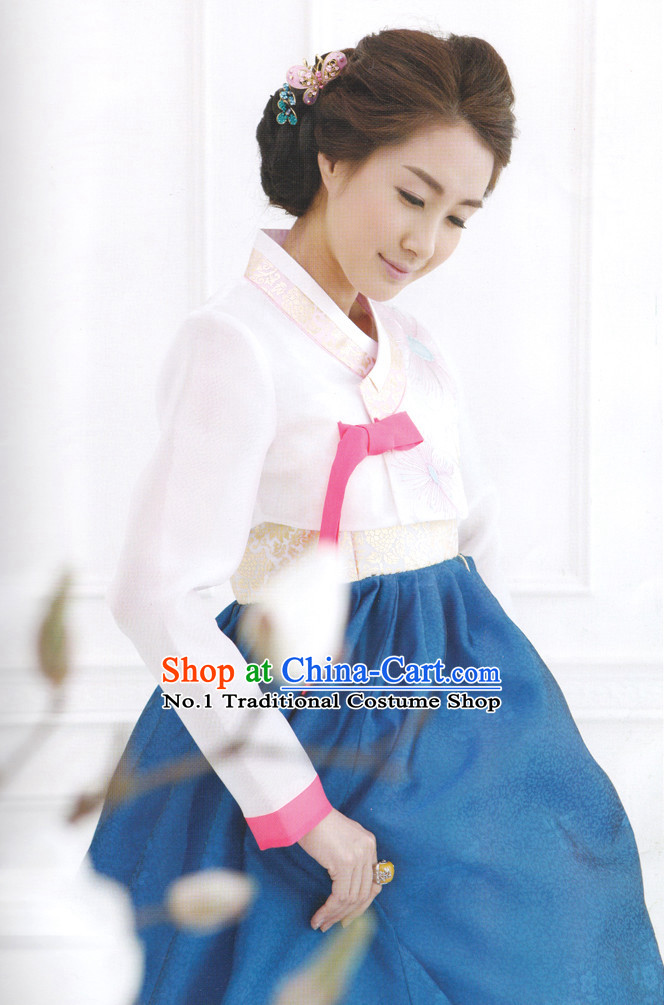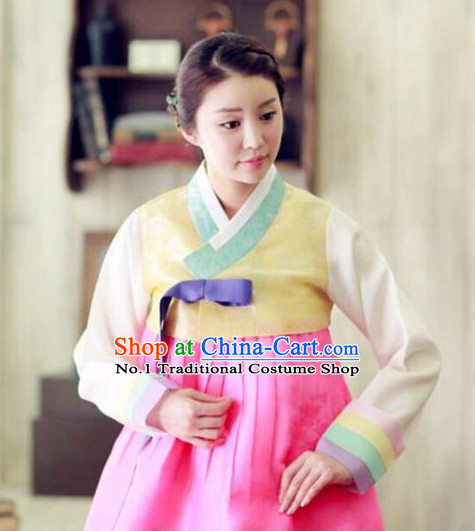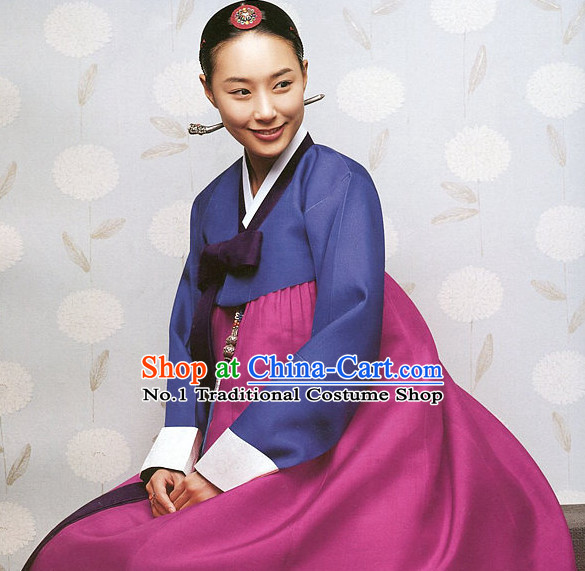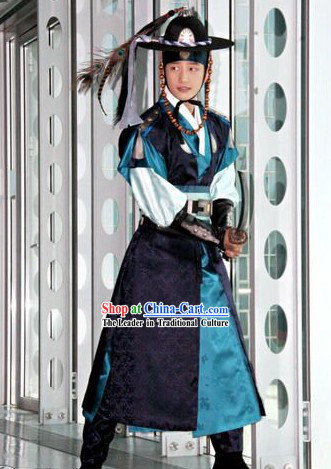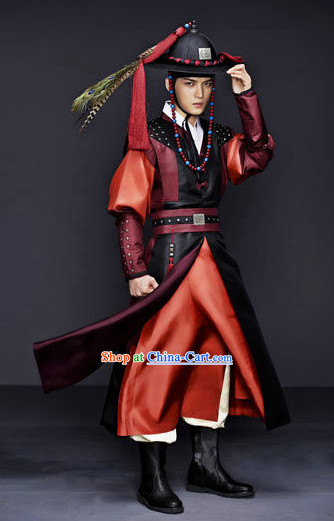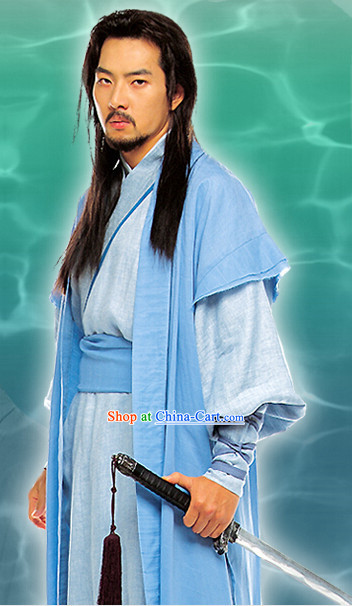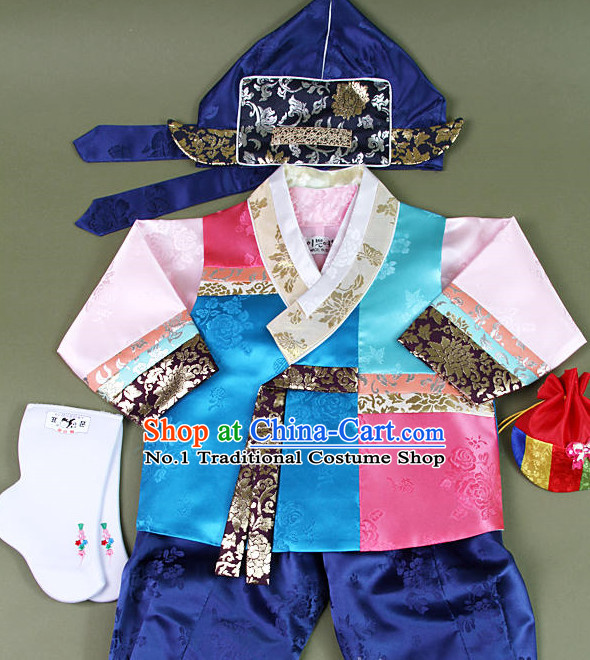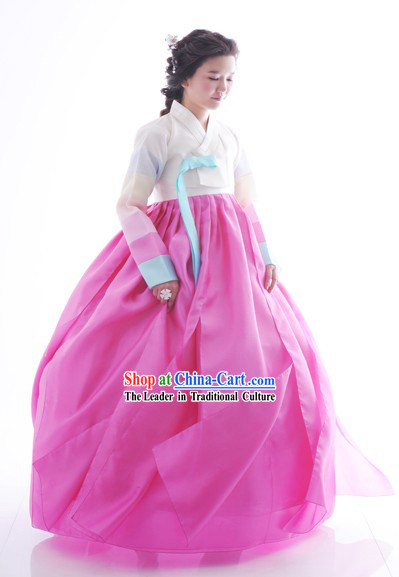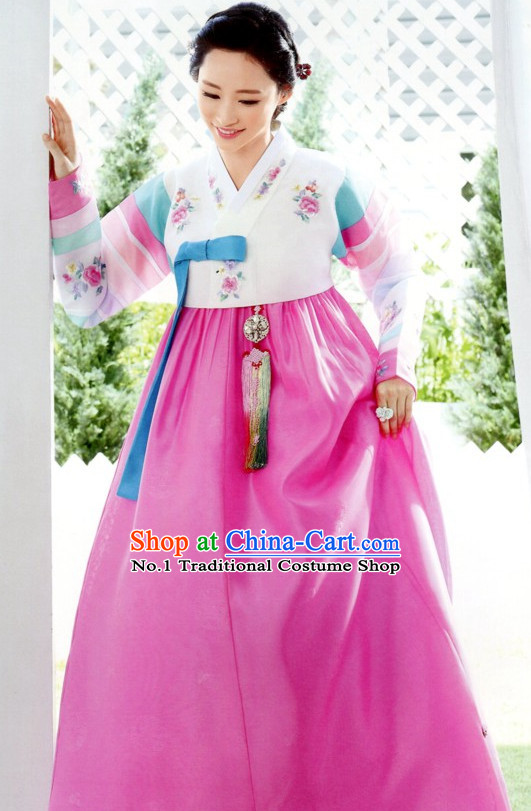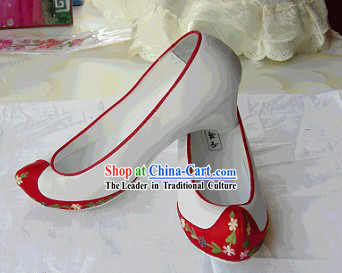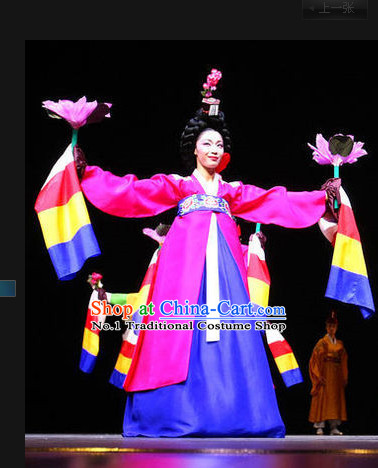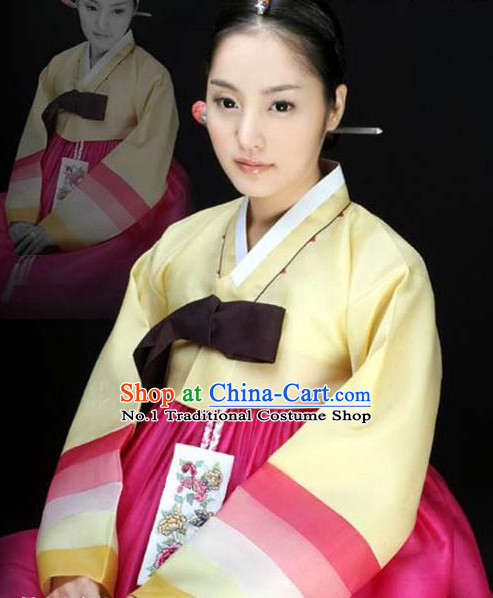
Click Related Pictures for More Audios:
"Korean traditional clothing for women is an important part of Korean culture, representing the country's history and traditions.
These garments are typically made from silk, cotton, and other materials and feature rich colors and patterns.
They are worn not only in everyday life but also for celebratory events and ceremonies.
The origins of Korean traditional clothing for women can be traced back to the ancient Joseon Dynasty.
During that time, women typically wore robes and head coverings to protect themselves from the cold and wind.
Over time, these garments evolved into the modern-day hanbok.
Hanbok designs place great emphasis on detail and symmetry.
It typically consists of a top piece, skirt, and belt, each with specific colors and patterns.
For example, the top piece is usually white or light blue, while the skirt is red or green.
The color and pattern of the belt are also significant, often matching the top piece and skirt.
In addition to design details, hanbok also reflects Korean cultural values and beliefs.
For instance, many hanboks feature symbols of good fortune and happiness, such as lotus flowers, fish, and butterflies.
Furthermore, hanbok emphasizes female elegance and gracefulness, which are also important values in Korean culture.
In conclusion, Korean traditional clothing for women is an essential component of Korean culture, representing the country's history and traditions.
It is worn not only in daily life but also for special occasions and ceremonies.
By appreciating and learning about the designs and meanings of these garments, we can gain a better understanding of the unique aspects of Korean culture."







